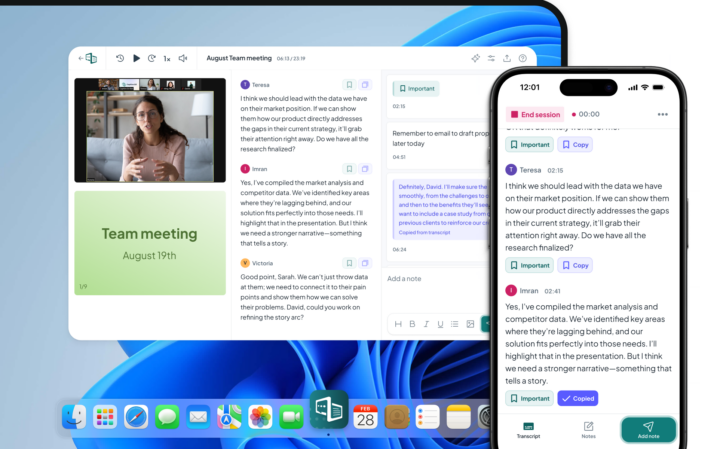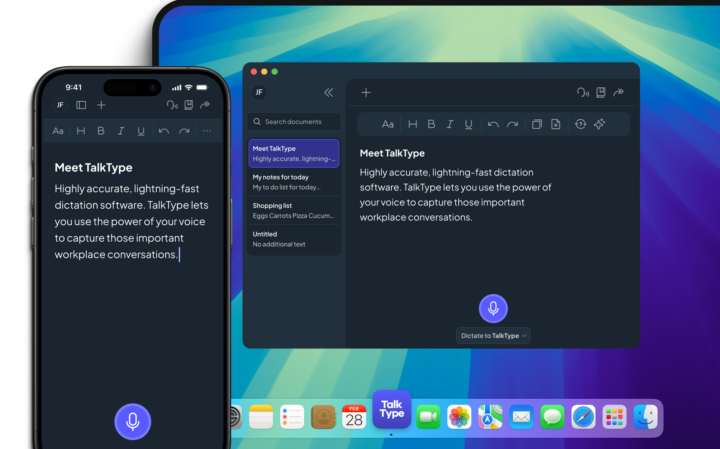How Carer’s Leave Differs From Other Leave
Here is how carer’s leave is different from other types of leave:
- Sick leave: Carer’s leave is for looking after a dependant, and shouldn’t be used for an employee’s personal illness.
- Annual leave: Carer’s leave is separate from paid holiday entitlement.
- Parental leave: Specifically for caring for a dependant with long-term needs, not general childcare.
The introduction of carer’s leave is a significant step forward for workplace rights in the UK. It offers much-needed flexibility to those balancing work with caring responsibilities. While it is currently unpaid, it provides job security and recognition for the important role carers play.
Employers and employees alike should familiarise themselves with the Carer’s Leave Act 2023 to ensure they fully understand this legal entitlement.
For further guidance on workplace accessibility and support, visit CareScribe.




